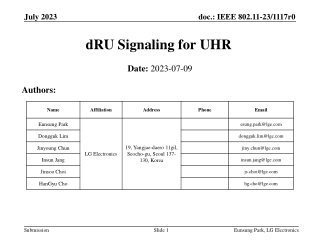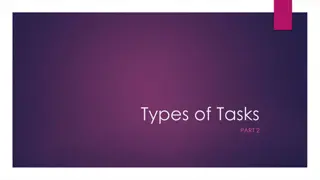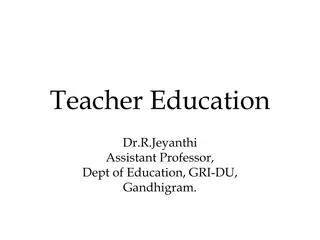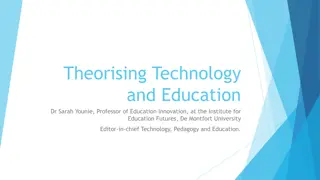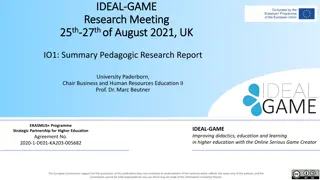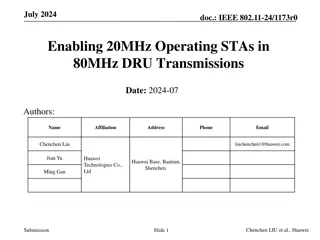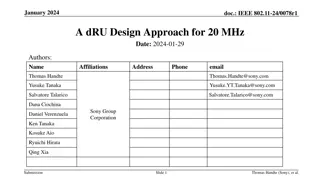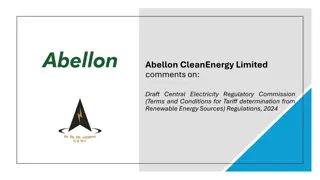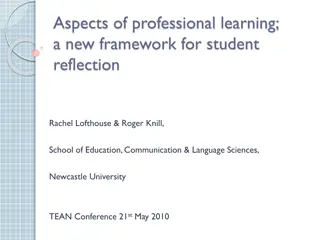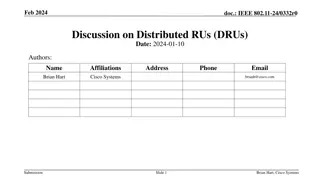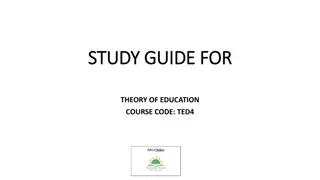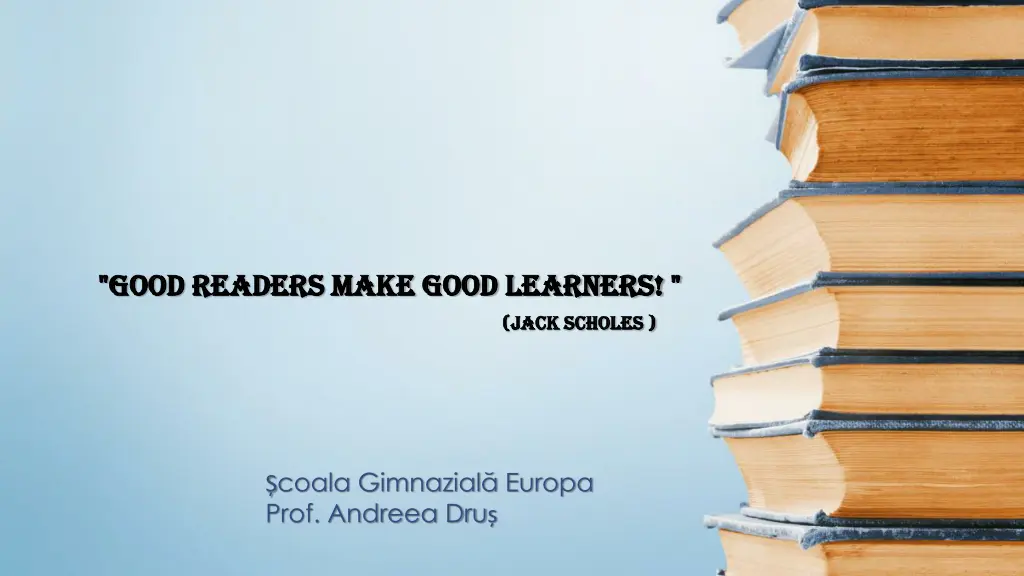
Spark Curiosity and Learning in Young Learners with Interactive English Activities
Engage young learners in English reading activities to spark curiosity and enhance learning. From word response games to fun reading strategies, these activities are designed to make English reading enjoyable and engaging for students.
Download Presentation

Please find below an Image/Link to download the presentation.
The content on the website is provided AS IS for your information and personal use only. It may not be sold, licensed, or shared on other websites without obtaining consent from the author. If you encounter any issues during the download, it is possible that the publisher has removed the file from their server.
You are allowed to download the files provided on this website for personal or commercial use, subject to the condition that they are used lawfully. All files are the property of their respective owners.
The content on the website is provided AS IS for your information and personal use only. It may not be sold, licensed, or shared on other websites without obtaining consent from the author.
E N D
Presentation Transcript
"Good readers make good learners! " "Good readers make good learners! " (Jack Scholes ) (Jack Scholes ) coala Gimnazial Europa Prof. Andreea Dru
Getting started Getting started "My students don t read in their own language. How on earth can I get them to read in English?" "Curiosity is the wick in the candle of learning. " William Arthur Ward
Spark curiosity and learning in young learners by using stories.
Activities Respond to the word activity! Select key words that are repeated several times in the story, e.g. ant, grasshopper, work, play, food. Devide Ss into five groups and assign one word to each group. Teach the Ss to respond in the following way: in response to ant Ss should say: busy, busy, busy in response to grasshopper: hop, hop, hop in response to food: yum, yum, yum in response to play: hooray, hooray, hooray in response to work just : sigh, sigh, sigh Explain that you are going to tell the story again and ask groups to listen and respond every time they hear their word. Put a slight emphasis on the words at first. As a variation , Ss can respond with mimes or actions instead of verbal responses.
Ask Ss to scan the text to find and underline their words and then count them to check the answer ( grasshopper 8, ant 8, food 10 , work 8, play 8). That s not right! activity Explain to the Ss that you are going to tell them a story and say the title, e.g. The ant and the grasshopper Ask Ss to help you by saying That s not right! and correcting you every time they hear a mistake. Popcorn reading activity Explain that Ss are going to take turns reading out loud the story, The ant and the grassopper Ss should read no more than two sentences but than can read three or even one word if they want to The first S starts reading out loud from the story and after reading a word , a sentence... The current reader stops and selects the next S to read by saying Popcorn and calling out their name. This happens randomly. Continue the process untill the story ends or for a limited period of time.
A terrible sore throat... reading activity Explain to the Ss that you have got a terrible sore throat and you need from time to time to protect your voice so you need their help. You are going to start reading the The ant and the grasshopper and every time you cough touching you throat they should end the sentence and then stop because you are going to be able to continue reading the story... My opinion of the story activity Explain that you want the children to think about their personal opinions of the story they have read. e.g. The ant and the grasshopper Giveout photocopies of the worksheet you have prepared or write on the board. Elicit possible adjectives they can use to describe the story, e.g. funny, exciting, scary, sad, interesting, boring etc. Ask Ss to work individually and write their opinions and, in the case of younger Ss, draw pictures. At the end, organize a brief class discussion and encourage the Ss to exchange and listen to each others opinions.
Time to read DEAR activity = Drop Everything And Read Clap hands and say "DEAR time!" Ss & YOU read for about 10 minutes (individual and silent from some interesting books which we always carry in our bags) Read for pleasure; You don t need to understand the words; Ignore unknown or difficult words; Skip them and continue reading;
The Virtuous Circle of Reading The more students read, The better they get at it. And the better they are at it, The more they read!
Read, read, read and read some more! Enjoy! Thank you!

